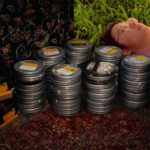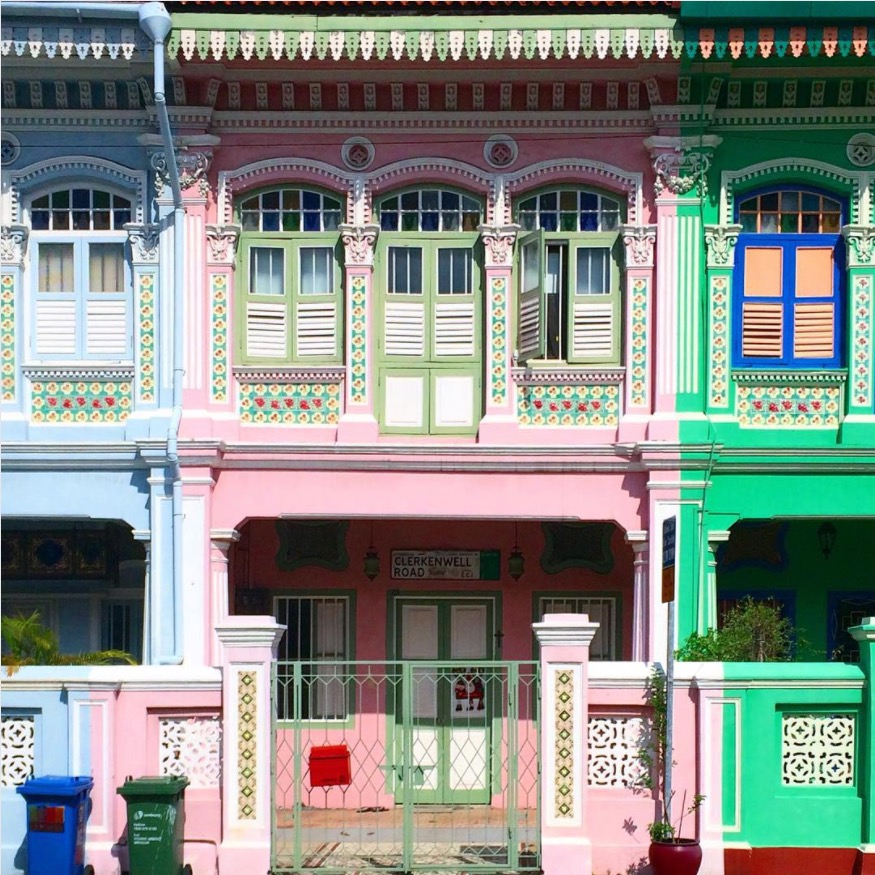
@riri_shophouse
When I put out my article “Location Scouting for Wes Anderson” a few weeks ago, I really didn’t expect it to echo across the internet like it did. And you know what? It’s kinda fantastic. For one, it gives more notoriety to an amazing filmmaker (you’ be surprised how many youngsters these days have never seen his movies). And two, I think it could actually get people to look at architecture more– hopefully even, to start caring about the older and more vulnerable buildings in particular. I just knew Wes and I would make a good team! So I’m back on another assignment for him, this time, looking at the bigger picture. I’ve been scouting not just individual buildings for Anderson this time, but an entire neighbourhood and architectural style: the shophouses of Singapore.
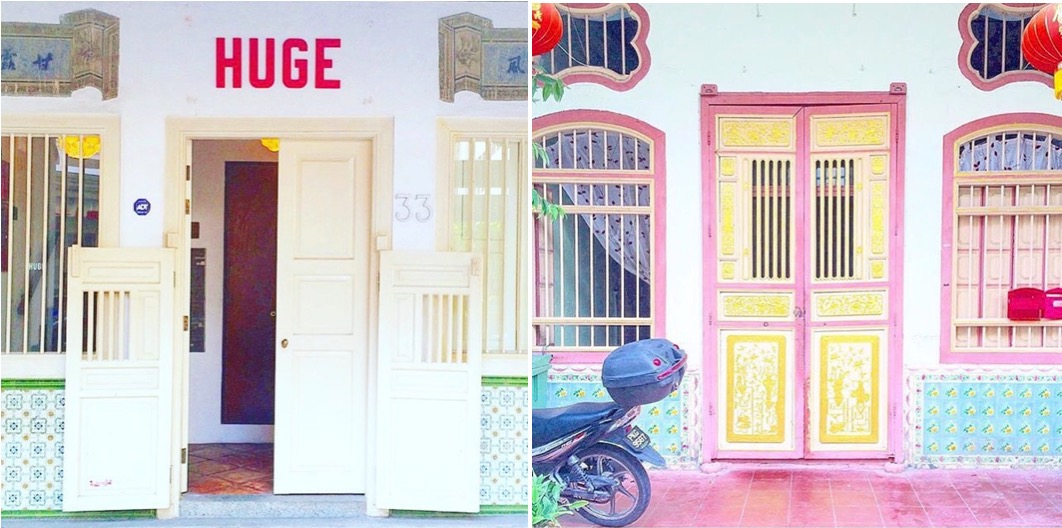
© riri_shophouse
Shophouses are known as such because of their ground floor shops for mercantile activity and separate private residences above. Historically the ground floor was occupied by a traditional shop, but the space can just as easily be a coffeeshop or bar, a clinic, a barber, an auto workshop or even a school or a bank. And if we’re talking about film-worthy architecture, there’s no shortage of drama when it comes to these colonial buildings, commonly seen in urban Southeast Asia, most notably in Singapore.
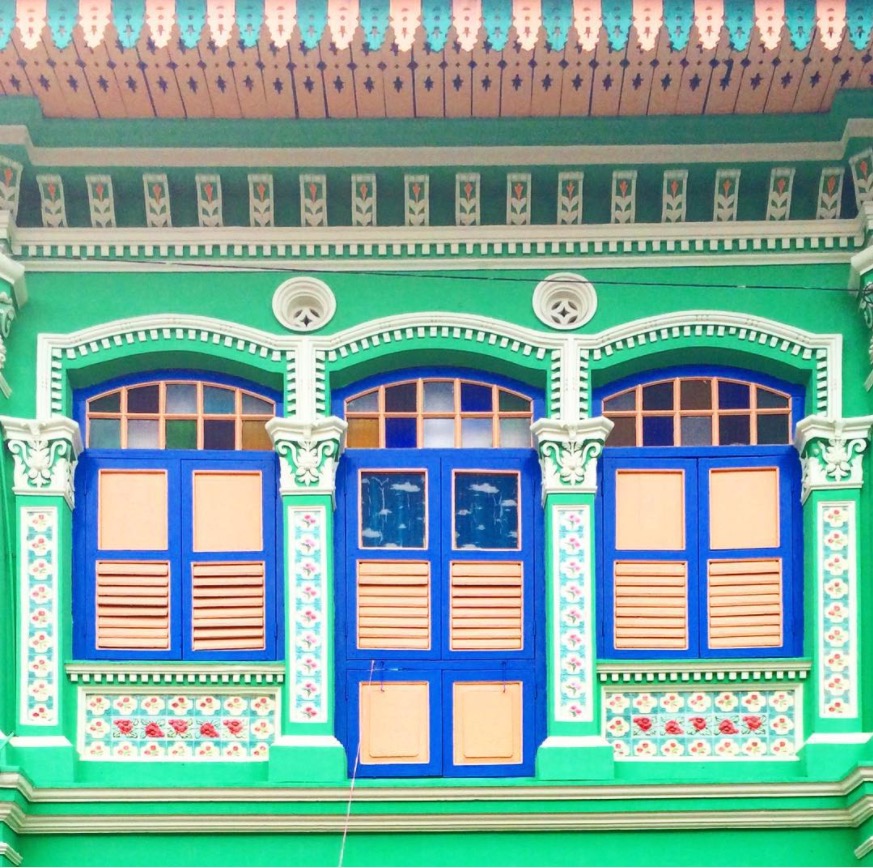
© riri_shophouse
A riot of Wes Anderson pastels and quirky decoration, they evolved from the late 18th century but after the colonial era, became neglected, dilapidated, many abandoned, demolished or destroyed. And get this– many shophouses have been known to be illegally sealed and used to cultivate and harvest edible birds nests, doing long-term internal damage to the buildings. Seriously. The edible birds nests, created with the solidified saliva of small birds from the swift family, are among the most expensive and rare animal products consumed by humans, particularly prised in Chinese culture due to their supposedly high nutritional value. Used in their cooking for over 400 years, most commonly bird’s nest soup, the Chinese believe it promotes good health, especially for the skin.
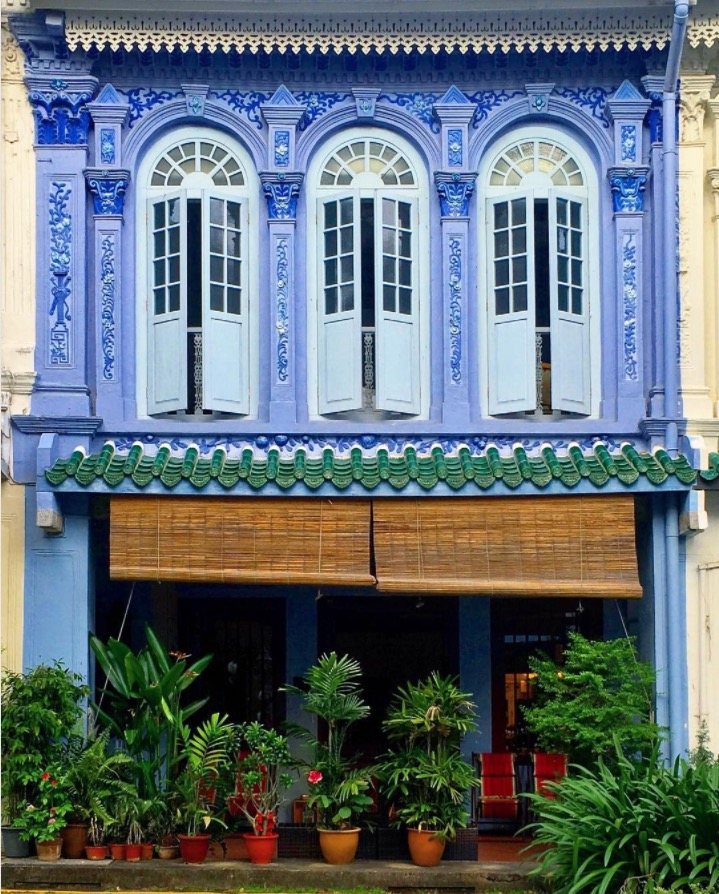
© riri_shophouse
But back to the shophouses. In the late 90s, a repeal of rent control began pushing out older and poorer tenants from their shophouses and gentrification within historical districts saw prices skyrocket. Today, pre-1948 shophouses can sell for up to $4 million US dollars.
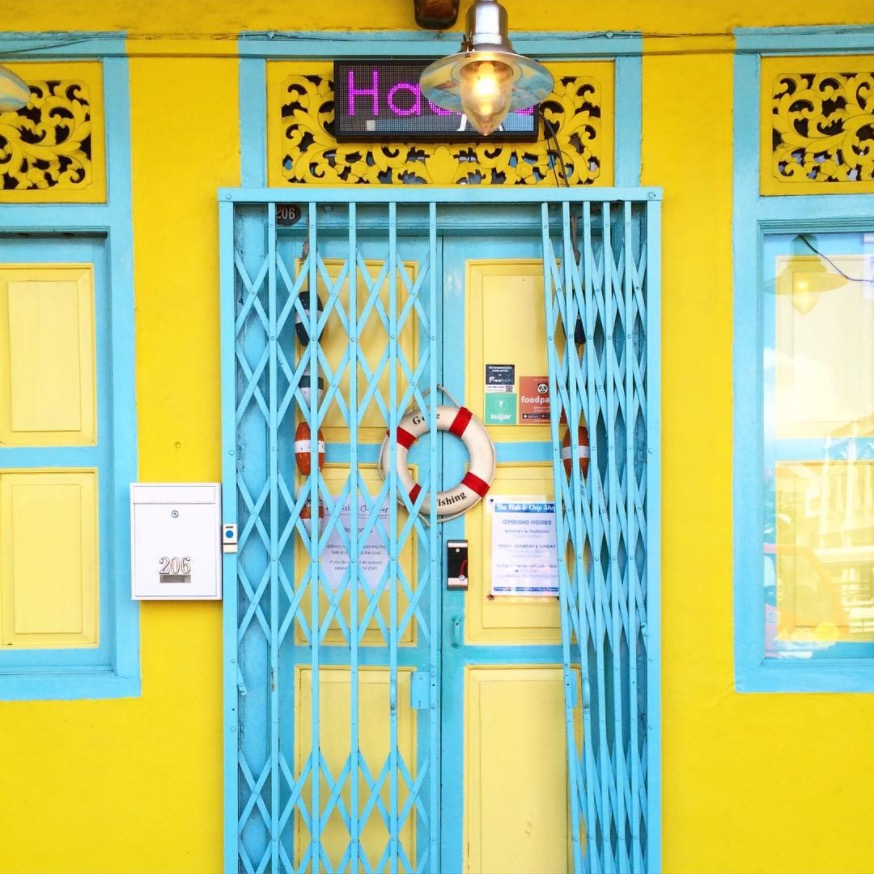
© riri_shophouse
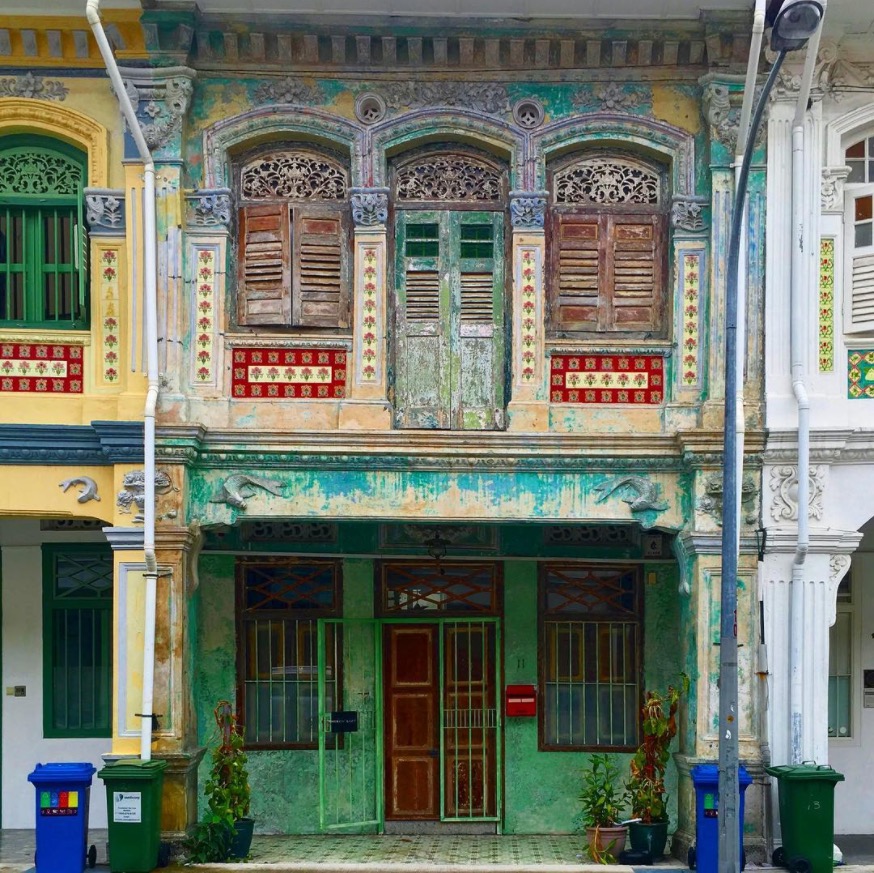
© riri_shophouse
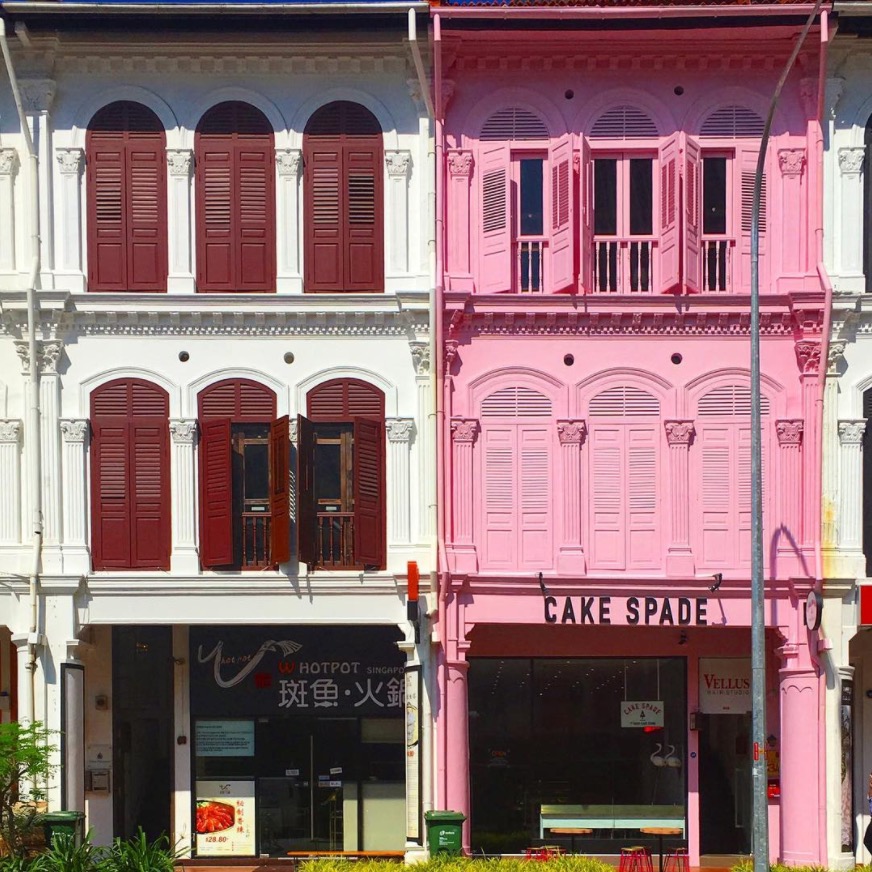
© riri_shophouse
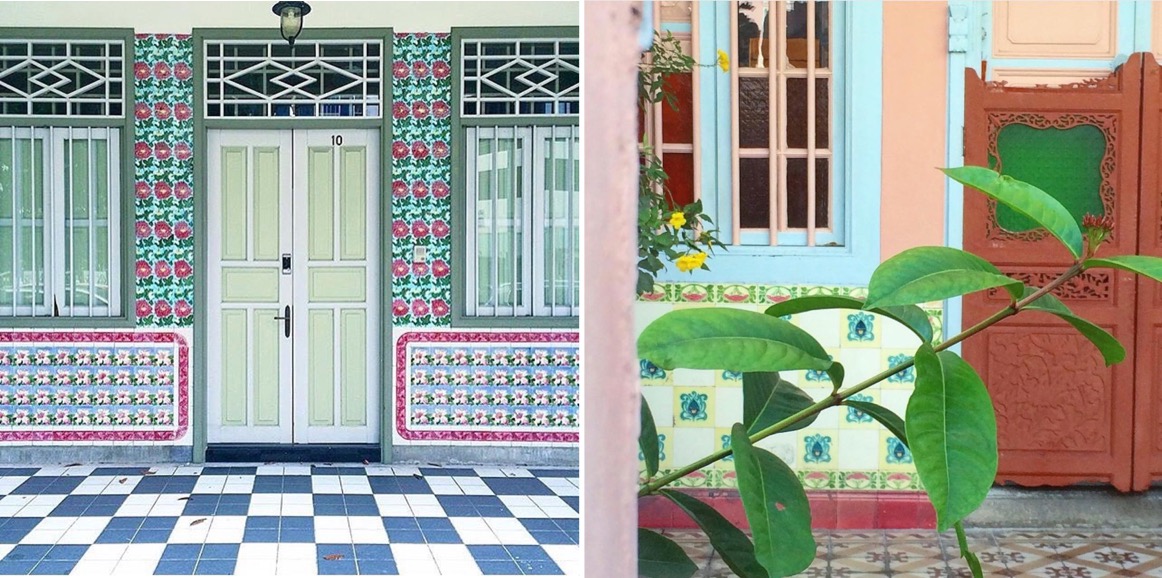
© riri_shophouse
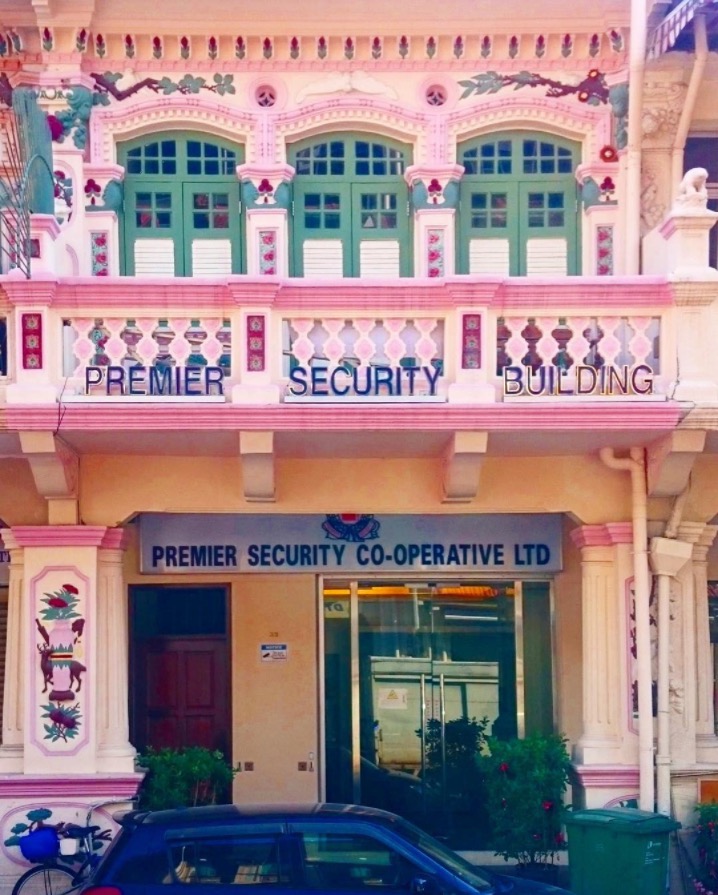
© riri_shophouse
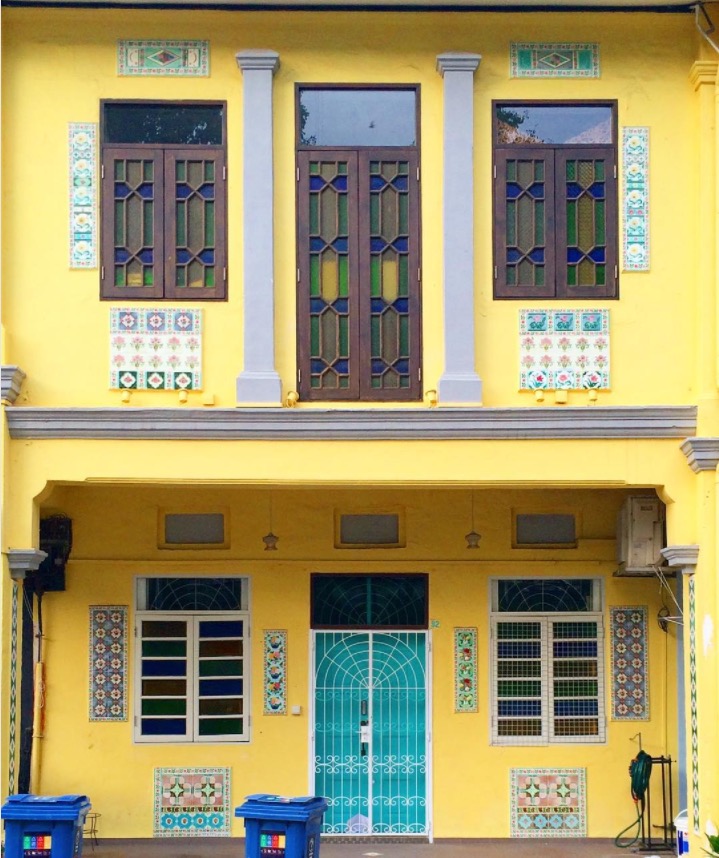
© riri_shophouse
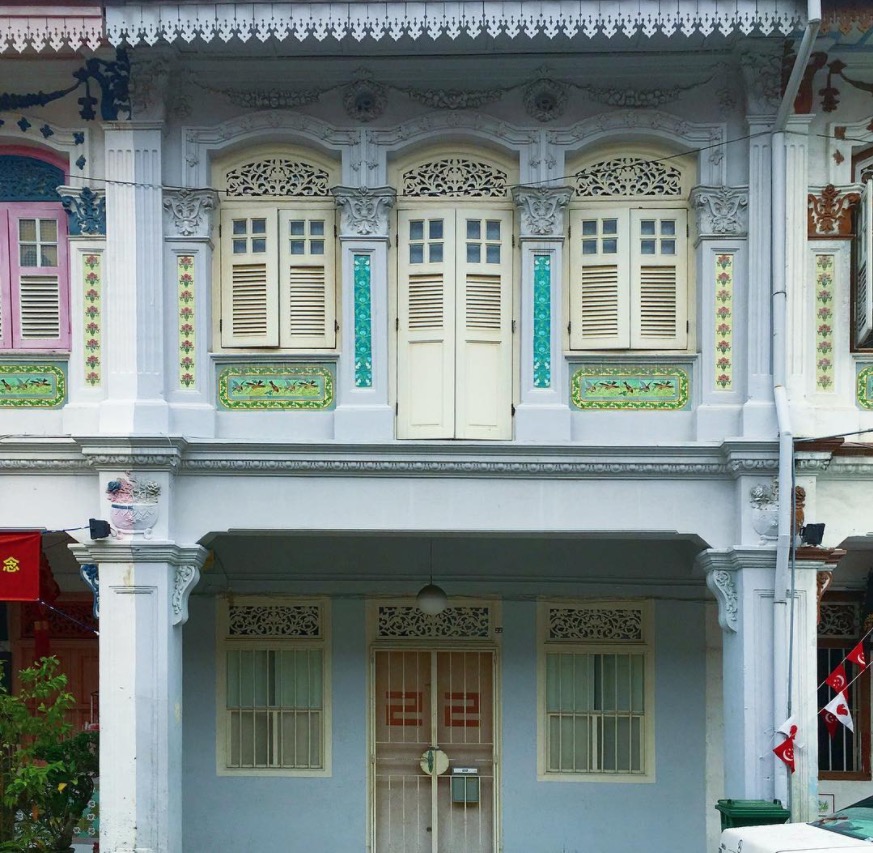
© riri_shophouse
Shophouses appear to have a unique blend of many different influences. I see Russian in there, Indian, Chinese, Portuguese, French, there’s even some American Art Deco in there, showing the evolution of these two-storey terrace houses over the years.
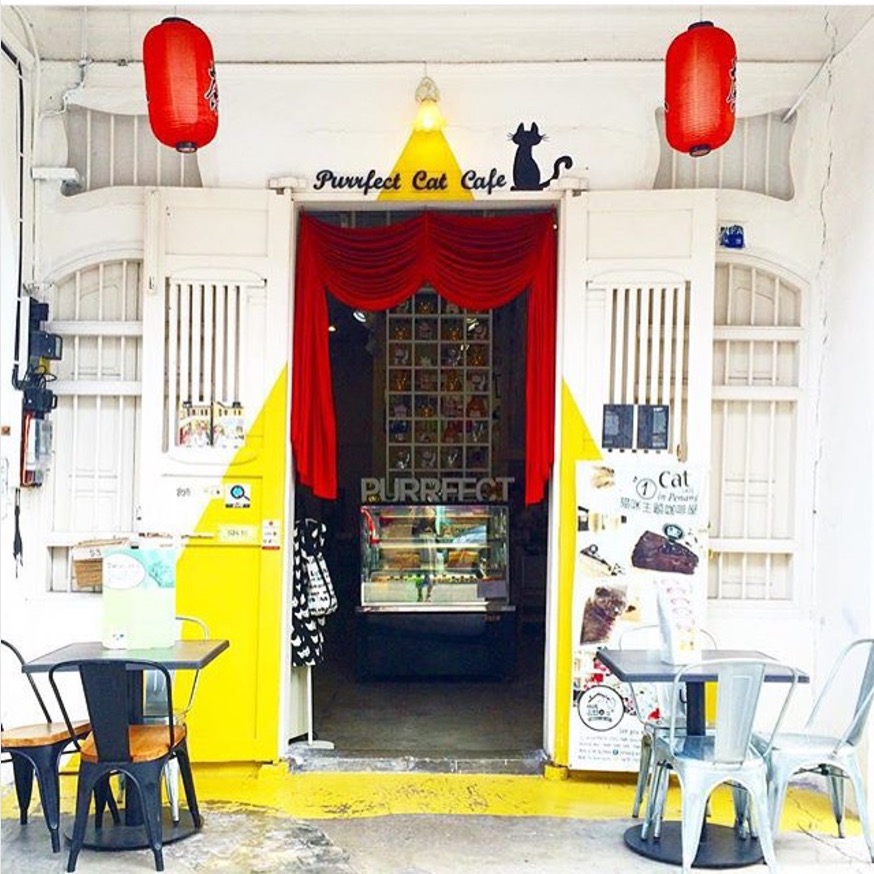
© riri_shophouse
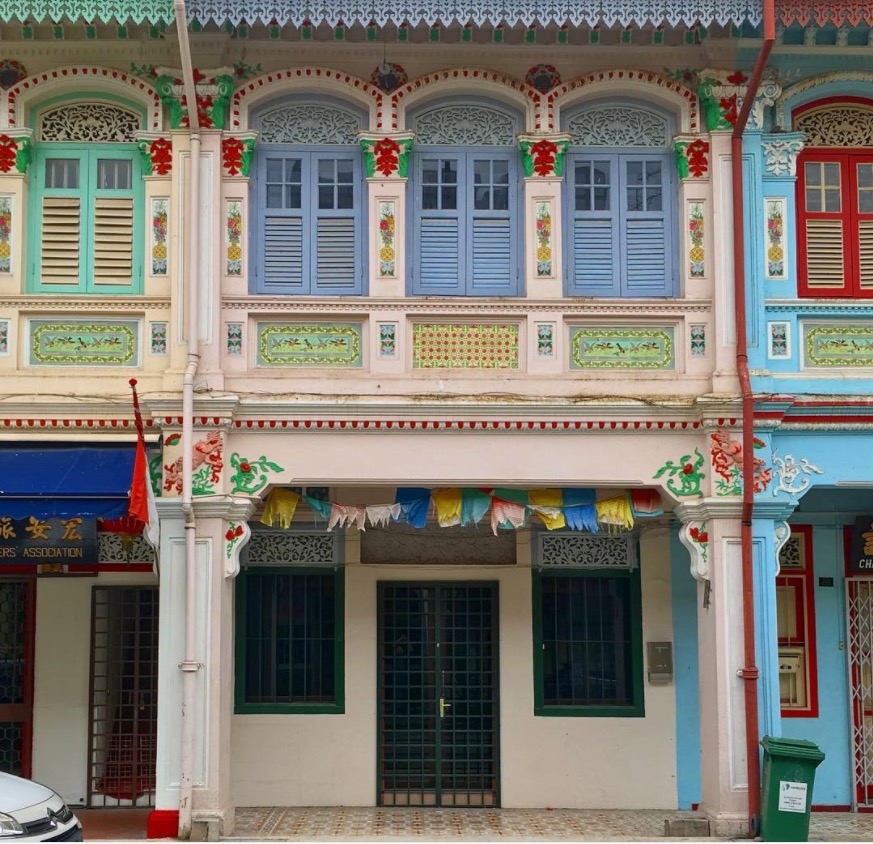
© riri_shophouse
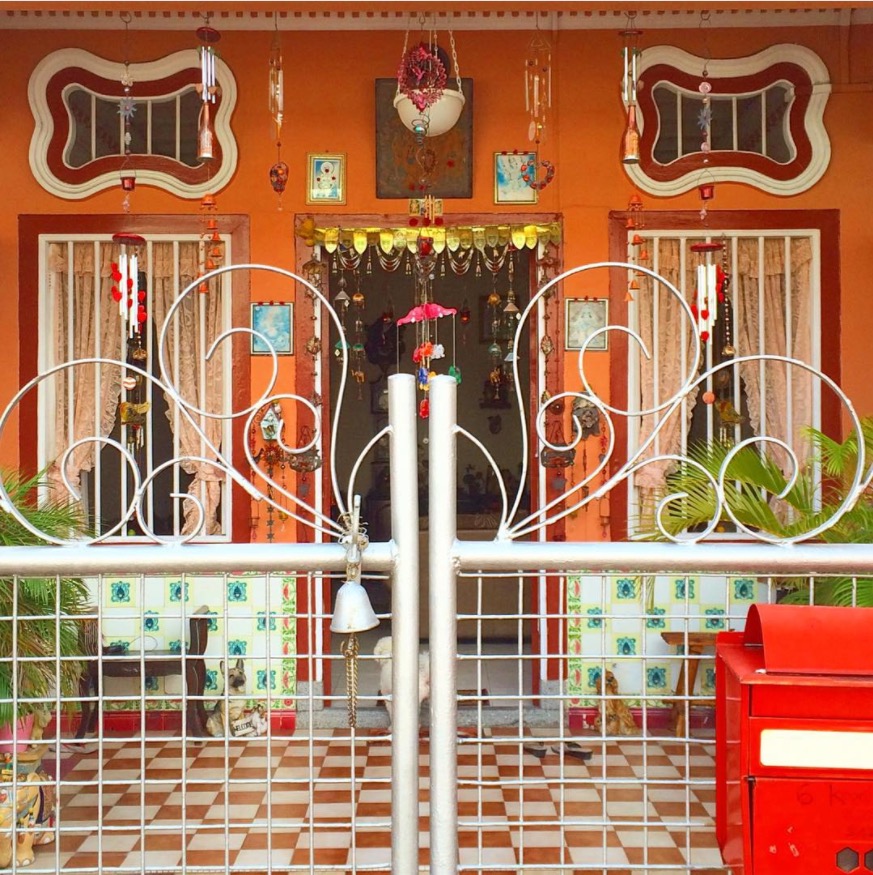
© riri_shophouse
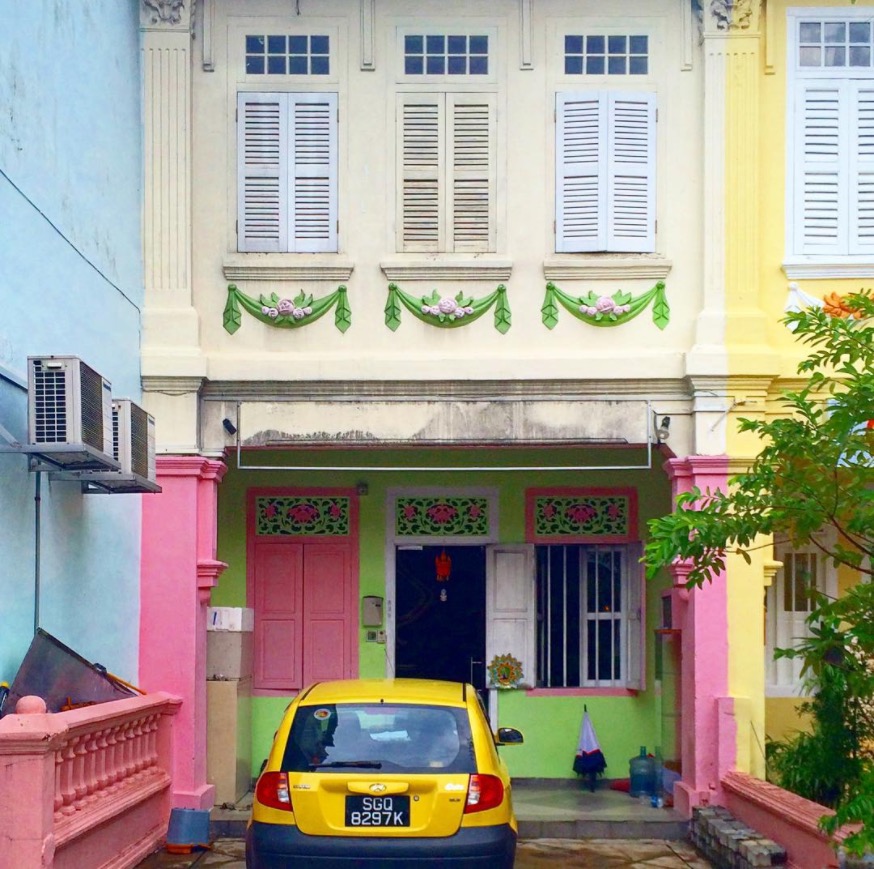
© riri_shophouse
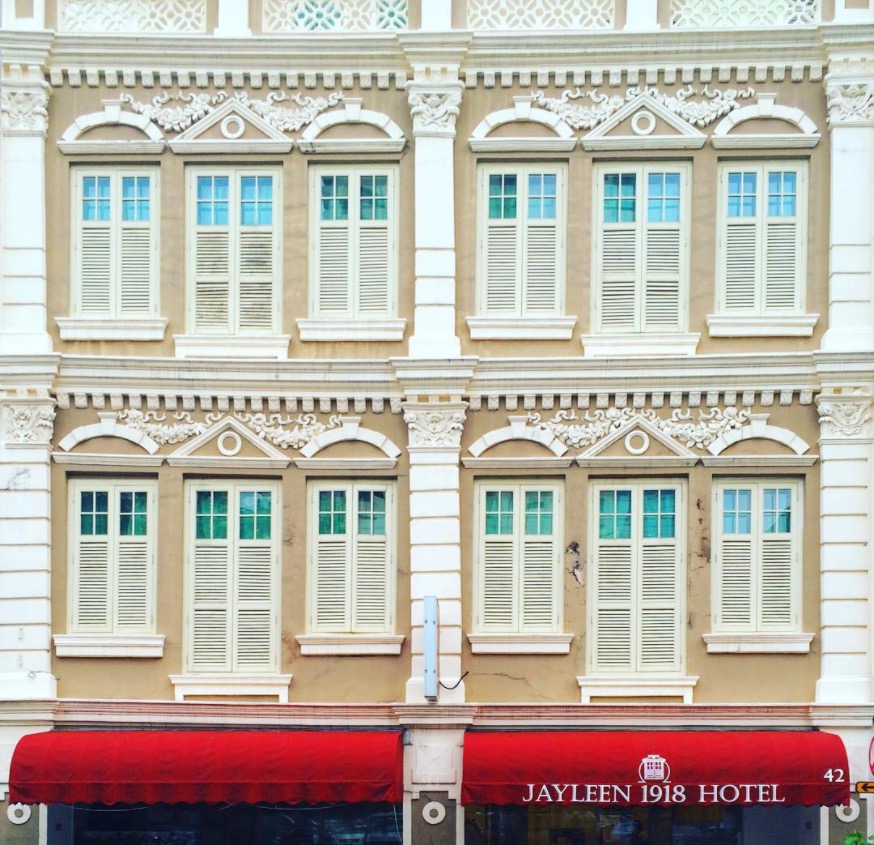
© riri_shophouse
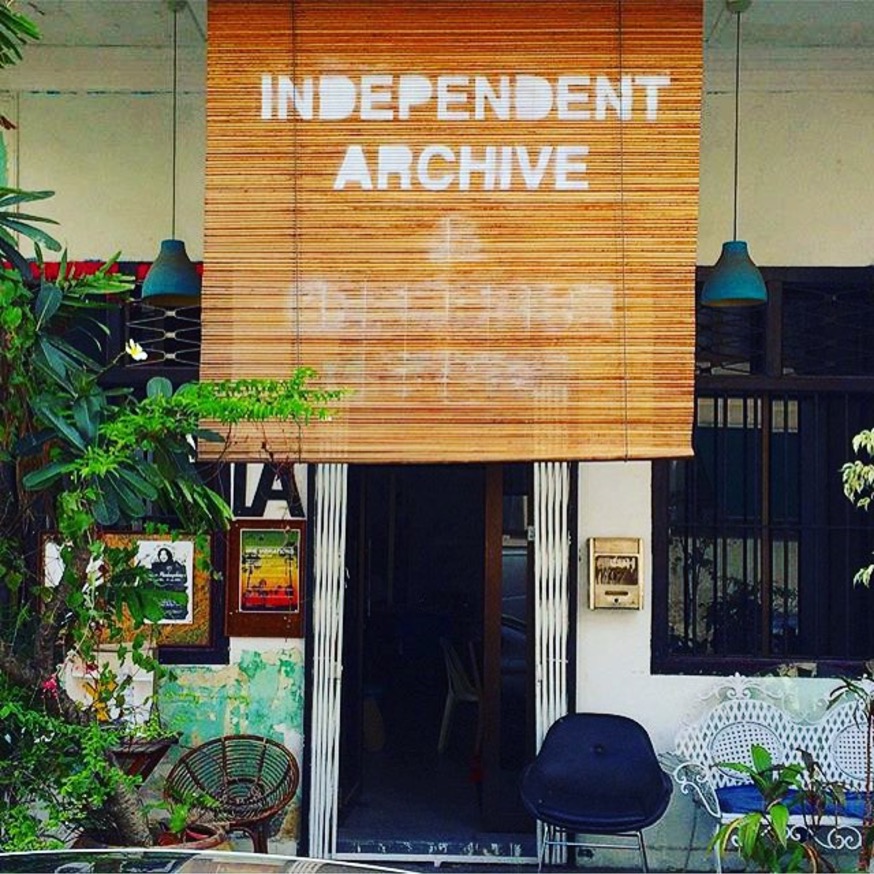
© riri_shophouse
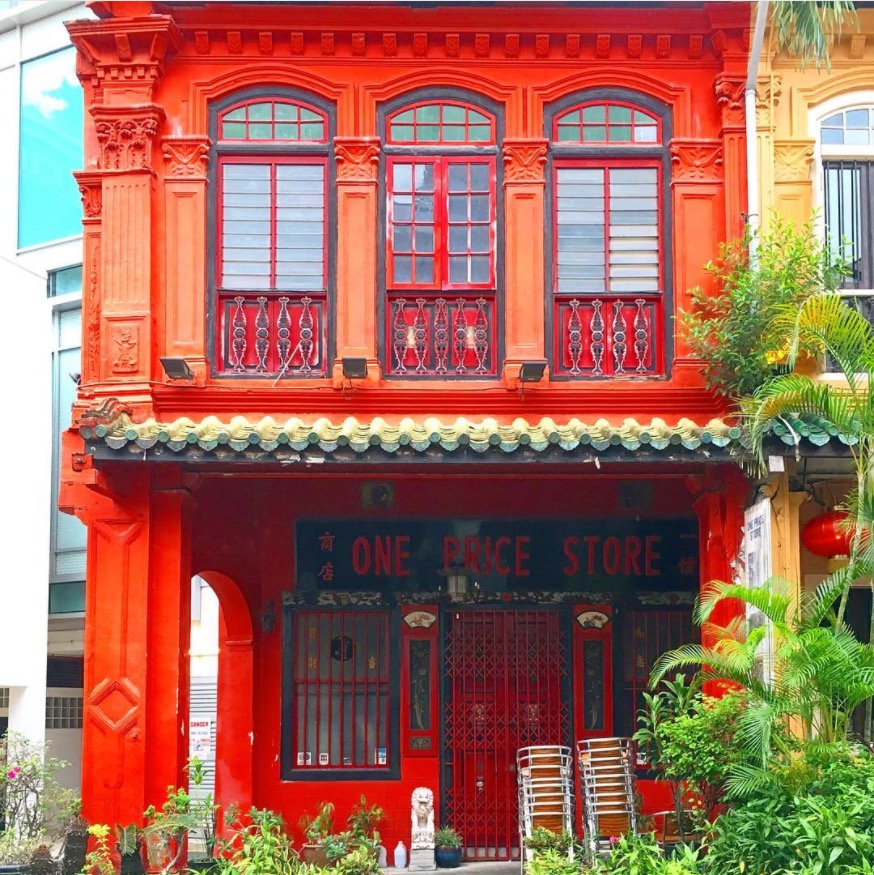
© riri_shophouse
So there we have it, another location scouting mission completed that nobody, especially Mr. Anderson, asked for.
If you enjoyed browsing the architecture of shophouses, I suggest you add it to your instagram feed by following the instagrammer Riri_Shophouse who dedicates their account to this very subject.



